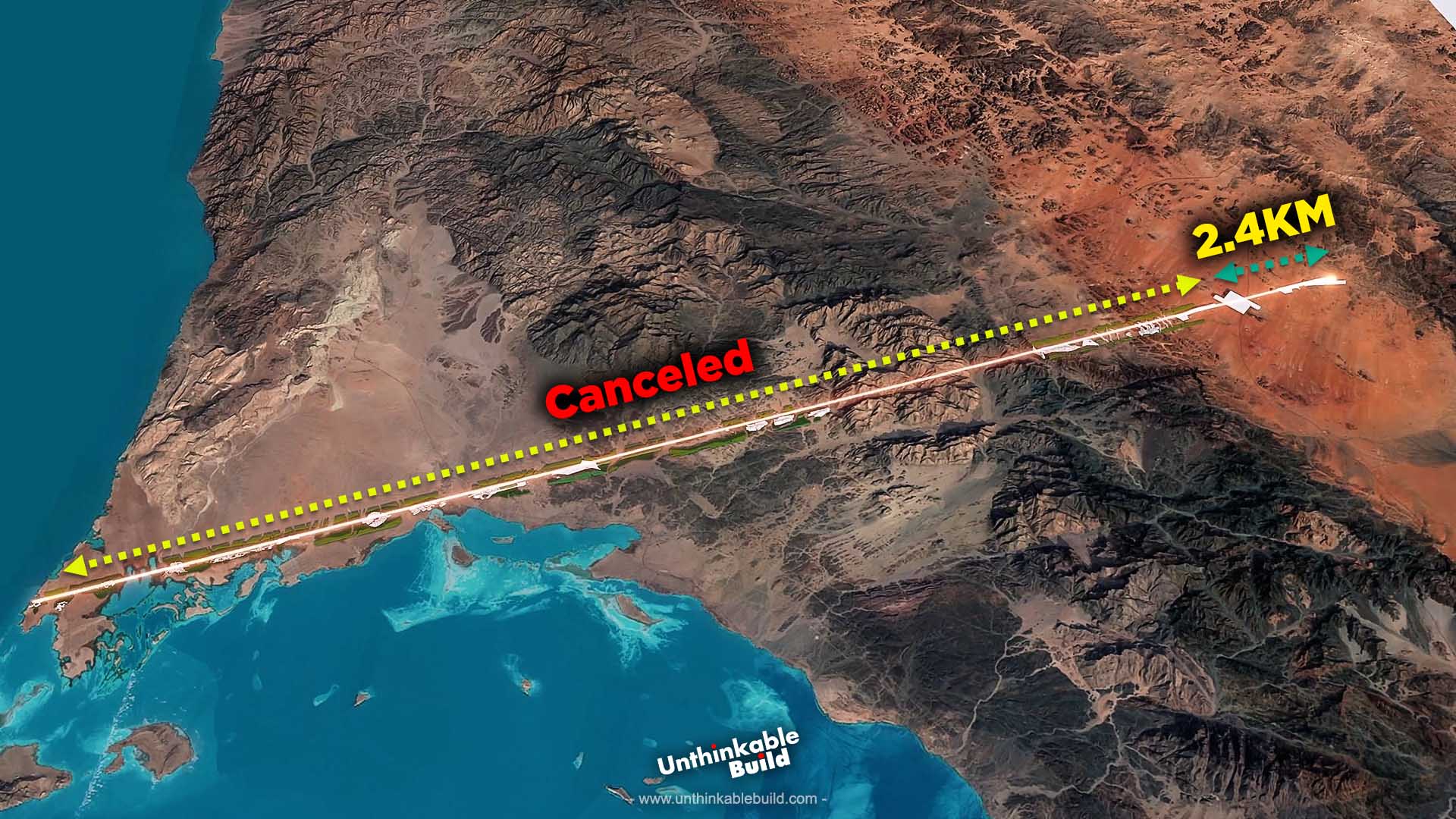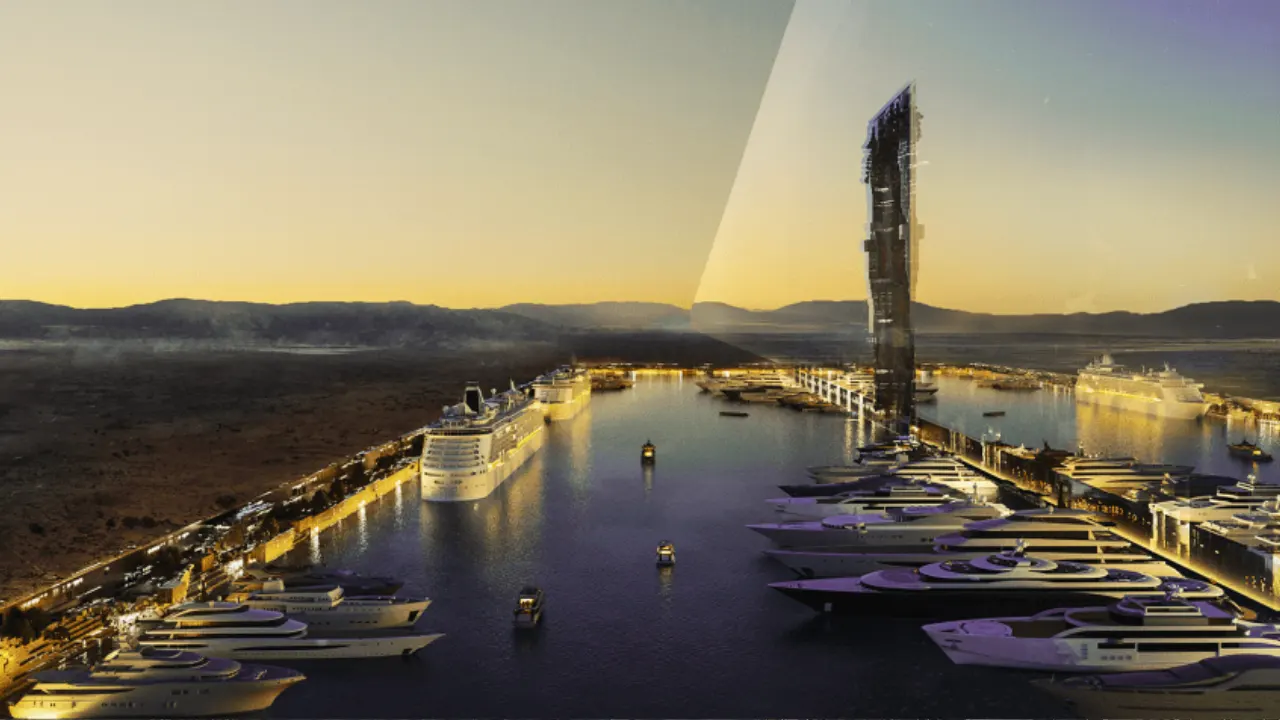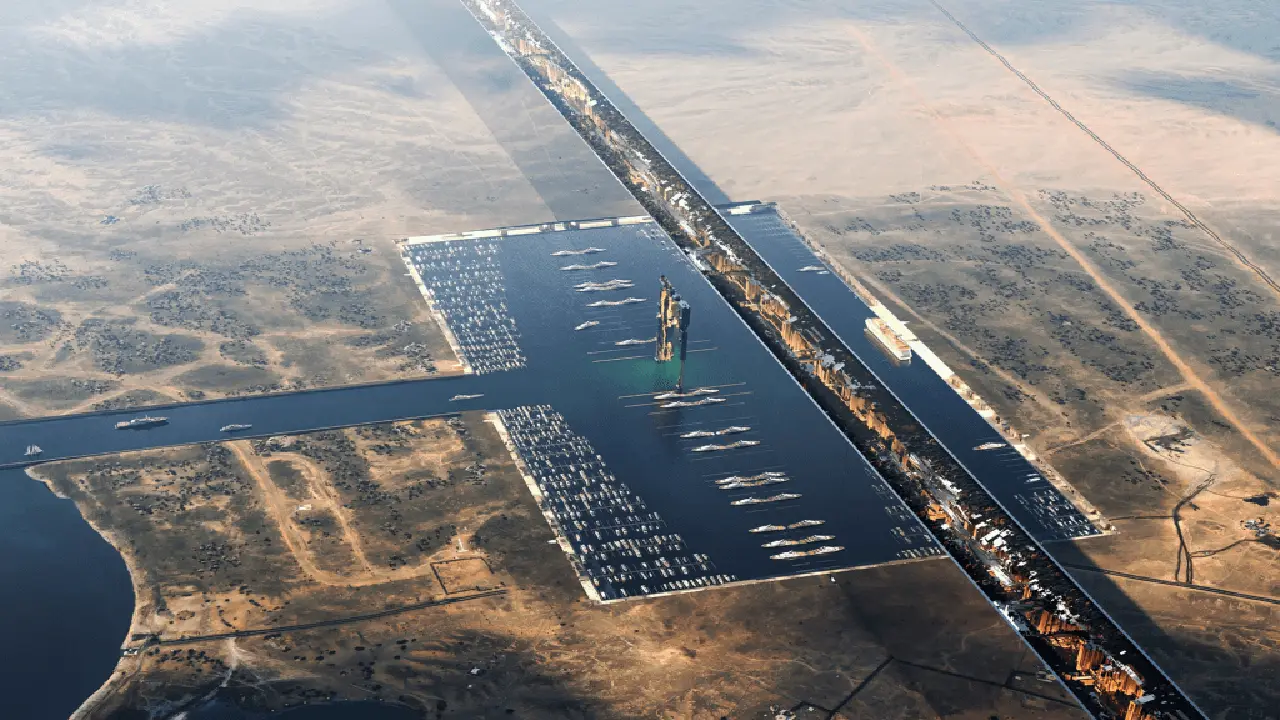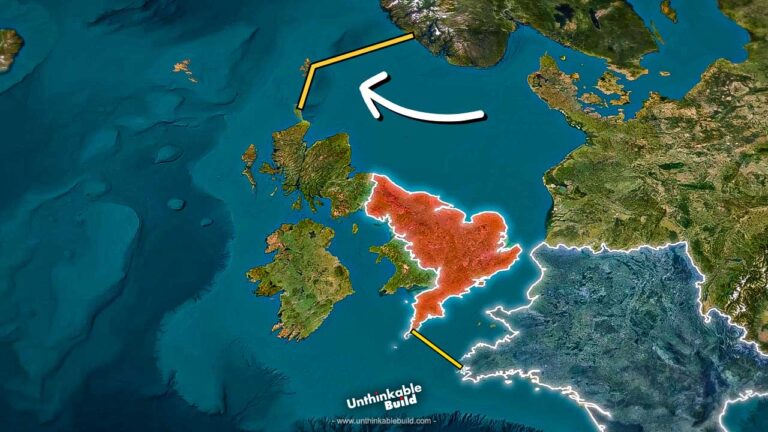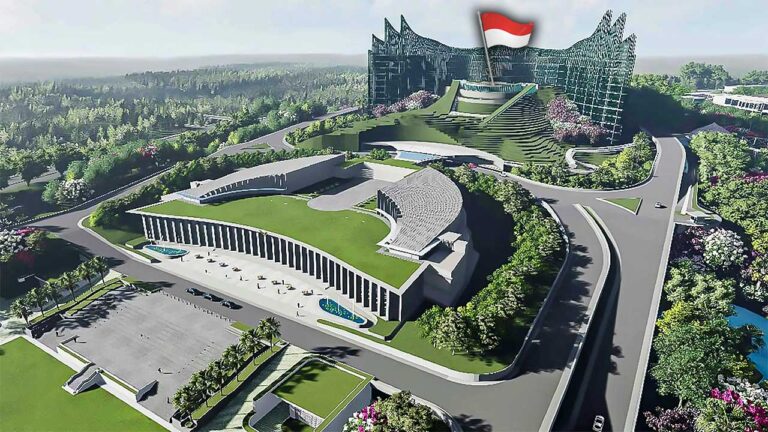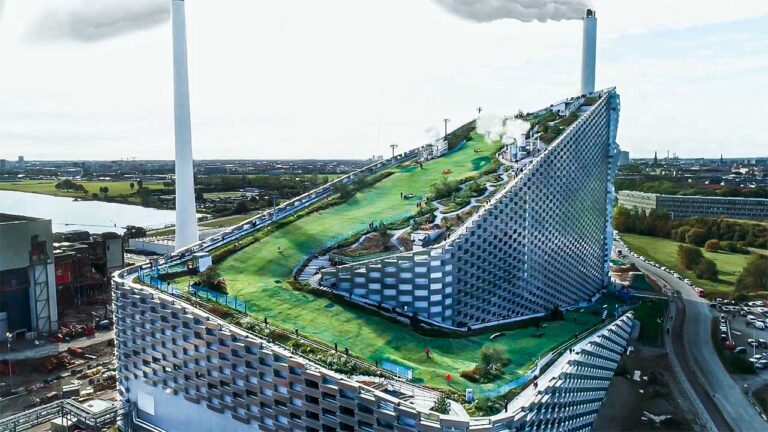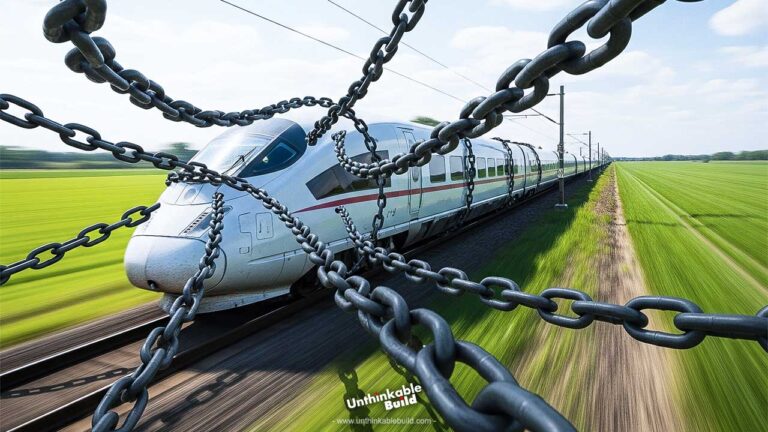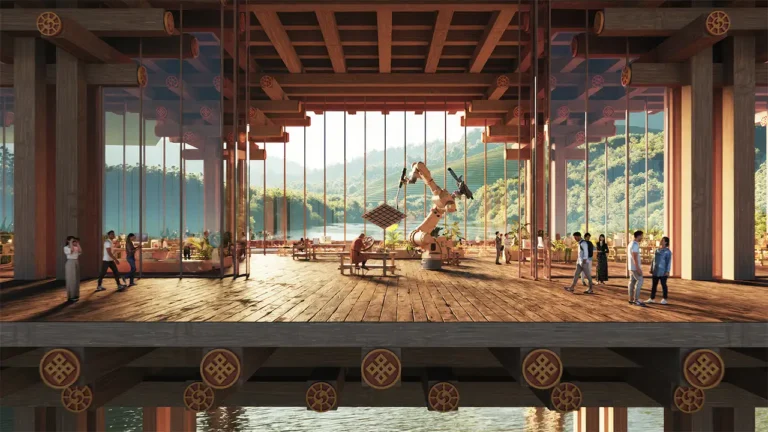Saudi Arabia’s The Line Shrinks to Just 2.4 KM?
The Line isn’t just a concept it’s the boldest urban development proposal in human history. Rising from the sands of Saudi Arabia’s northwestern Tabuk Province, The Line is a planned smart city that defies conventional thinking. At 170 kilometers long, 500 meters tall, and only 200 meters wide, it’s a radical departure from every city ever built. No roads. No cars. Zero emissions. A city built for people, not vehicles or sprawl. That’s what makes it both awe-inspiring and deeply controversial.
Backed by Saudi Arabia’s $1.5 trillion NEOM initiative, The Line aims to house up to 9 million people within a carbon-neutral, AI-managed urban corridor powered entirely by renewable energy. This isn’t just about density it’s about rethinking how humans interact with the land, with each other, and with technology. Walking along the initial excavation site, I could feel the sheer scale of what’s at stake.
Why The Line Was Conceived: A Country Running Out of Room
Saudi Arabia’s population is expected to hit 50 million by 2030, and its existing cities are already feeling the pressure. Riyadh is expanding rapidly, and housing demand across the kingdom is outpacing supply. Traditional infrastructure models can’t keep up. That’s what led Crown Prince Mohammed bin Salman to greenlight a complete reset: a new kind of city, one designed from scratch for future generations.
During early planning sessions, the team behind NEOM explored circular and grid-based city models. But it was a radical idea proposed by one of the project’s lead designers that reshaped the entire concept: what if the city wasn’t spread out at all? What if it stretched in a single, linear band, optimizing efficiency and minimizing land usage? The result was The Line, a vision influenced in part by Peter Cook’s “Plug-In City” concepts from the 1960s.
An Engineering Feat Unlike Anything on Earth
The Line’s proposed structure is mind-bending. It will rise higher than the Empire State Building and stretch farther than the distance between New York and Philadelphia. Its mirrored façade will reflect desert landscapes while reducing solar heat. Beneath its surface, a three-tier vertical system will separate transportation, infrastructure, and pedestrian life.
- Top Layer: A car-free pedestrian level filled with public parks, schools, and cultural hubs.
- Middle Layer: High-speed autonomous transit capable of moving from end to end in 20 minutes.
- Bottom Layer: A hidden service corridor for logistics, water, waste, and maintenance systems.
The project is designed to consume zero fossil fuels. It will rely entirely on solar, wind, and green hydrogen power, with AI-driven energy optimization and a water recycling system integrated into the foundations.
Construction Status: Progress Beneath the Headlines
Despite skepticism, construction is underway. As of mid-2025, over 130 kilometers of land have been excavated across the proposed corridor. Satellite imagery confirms active development near the Gulf of Aqaba, where the western stretch of The Line begins. This includes what has now become the largest earth-moving operation in human history.
Multiple field reports and drone footage show activity centered near a 2.4-kilometer segment one that conveniently matches the rumored “Mini-Line” footprint. Over 400 vehicles, cranes, and tunnel-boring machines have been spotted in this zone. The intensity suggests it may serve as the pilot phase of The Line’s real-world testing.
NEOM planners originally aimed to house 1.5 million people in this segment by 2030. That goal has reportedly been scaled back to around 300,000 residents, citing budgetary challenges and revised expectations. The Saudi government hasn’t officially confirmed the reduction, but insiders suggest funding pressure played a key role in the shift.
Will The Line Be Built in Full?
The original vision of a 170-kilometer arc slicing through mountains, deserts, and coastlines now appears uncertain. Building through the eastern stretch composed of rugged terrain poses engineering risks and astronomical costs. Much of that area remains untouched.
Instead, a focused buildout near NEOM’s coastal zone, where excavation is already advanced, seems more likely. This includes the critical western section near Gayal, a new town that houses thousands of construction workers and logistics teams. Located between Sindalah Island and Oxagon, Gayal offers key advantages road access, labor supply, and proximity to essential NEOM sites.
The nearby marina originally intended to host cruise ships and private yachts remains a focal point. Saudi Arabia has moved more earth at this marina site than any other construction project in the world, signaling its importance. Abandoning this section would mean writing off billions of riyals in sunk costs.
NEOM’s Financial Reality: Between Vision and Viability
The Line is just one part of NEOM, but it consumes the lion’s share of attention and resources. NEOM also includes:
- Sindalah: A luxury tourism island slated to open in 2025.
- Oxagon: A floating industrial hub focused on robotics and green energy.
- Trojena: A year-round ski resort in the mountains, set to host the 2029 Asian Winter Games.
- Gayal: A support city for construction and workforce operations.
Combined, these projects represent over $1 trillion in planned investment. Yet falling oil revenues and shifting global markets have placed pressure on the kingdom’s finances. To continue at this scale, NEOM needs substantial foreign investment. So far, interest has been strong from Asia particularly China but no major funding agreements have been finalized.
In response, Saudi Arabia launched a NEOM Investment Fund in 2024. It aims to partner with multinational corporations across energy, construction, healthcare, and advanced tech sectors. The fund’s goal is to de-risk portions of the project, invite shared ownership, and make NEOM financially sustainable over the long term.
What If The Line Is Scaled Down?
Even a scaled-back version of The Line would be unprecedented. A 2.4-kilometer stretch filled with vertical housing, electric rail systems, AI-powered services, and no cars or emissions would still rank among the most sophisticated urban zones ever built.
But scaling down The Line might also mean trimming the 500-meter height, reducing the mirrored façade, or simplifying some of its AI systems to save costs. This would make the pilot version less flashy but more realistic.
Experts have compared the shift to a prototype strategy. Instead of building the entire vision upfront, NEOM could refine its model over time, learning from real-world data, testing how residents interact with vertical spaces, and improving systems before scaling out.
A Test of Saudi Arabia’s Future
The Line isn’t just an architectural project. It’s a political, economic, and technological bet. It challenges how cities are built, how governments fund infrastructure, and how people live in a world pushed to its environmental limits.
Saudi Arabia’s Vision 2030 hinges on diversifying the economy and building global credibility through these megaprojects. If The Line succeeds, it could position the kingdom as a new epicenter of futuristic urbanism. If it fails or stalls, the fallout could be reputational and financial.
From what I’ve seen on the ground, the ambition is real. The earth is moving, machines are running day and night, and the government isn’t backing down. The question now isn’t whether something will be built. It’s how much and what form it will take.
One part of the original masterplan that still appears non-negotiable is NEOM’s Hidden Marina a vast subterranean port carved beneath the Red Sea coastline. Touted as the world’s first underground cruise terminal, this engineering marvel could become the logistical heart of The Line’s western section, anchoring trade, tourism, and long-term connectivity across NEOM’s coastal developments.

